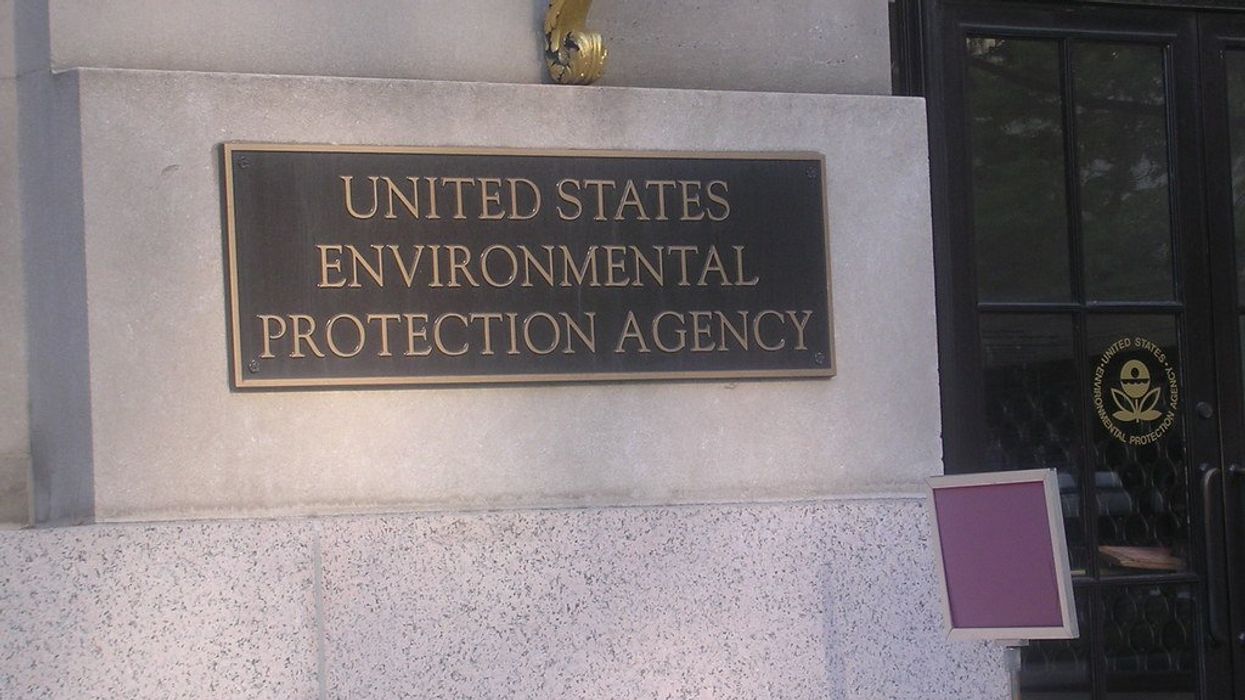WASHINGTON—The federal government laid off more than 60,000 workers in the first two months of 2025, while another 75,000 employees accepted a buyout and voluntarily resigned.
Among those laid off was James Clark, an Environmental Protection Agency employee who lost his job while on his honeymoon. “It’s just very sad to see someone like Elon Musk take a chainsaw on live TV and say what we do doesn’t matter,” said Clark.
Victoria Ryan is an immigration and demographics reporter at Northwestern University, studying journalism and political science.





















